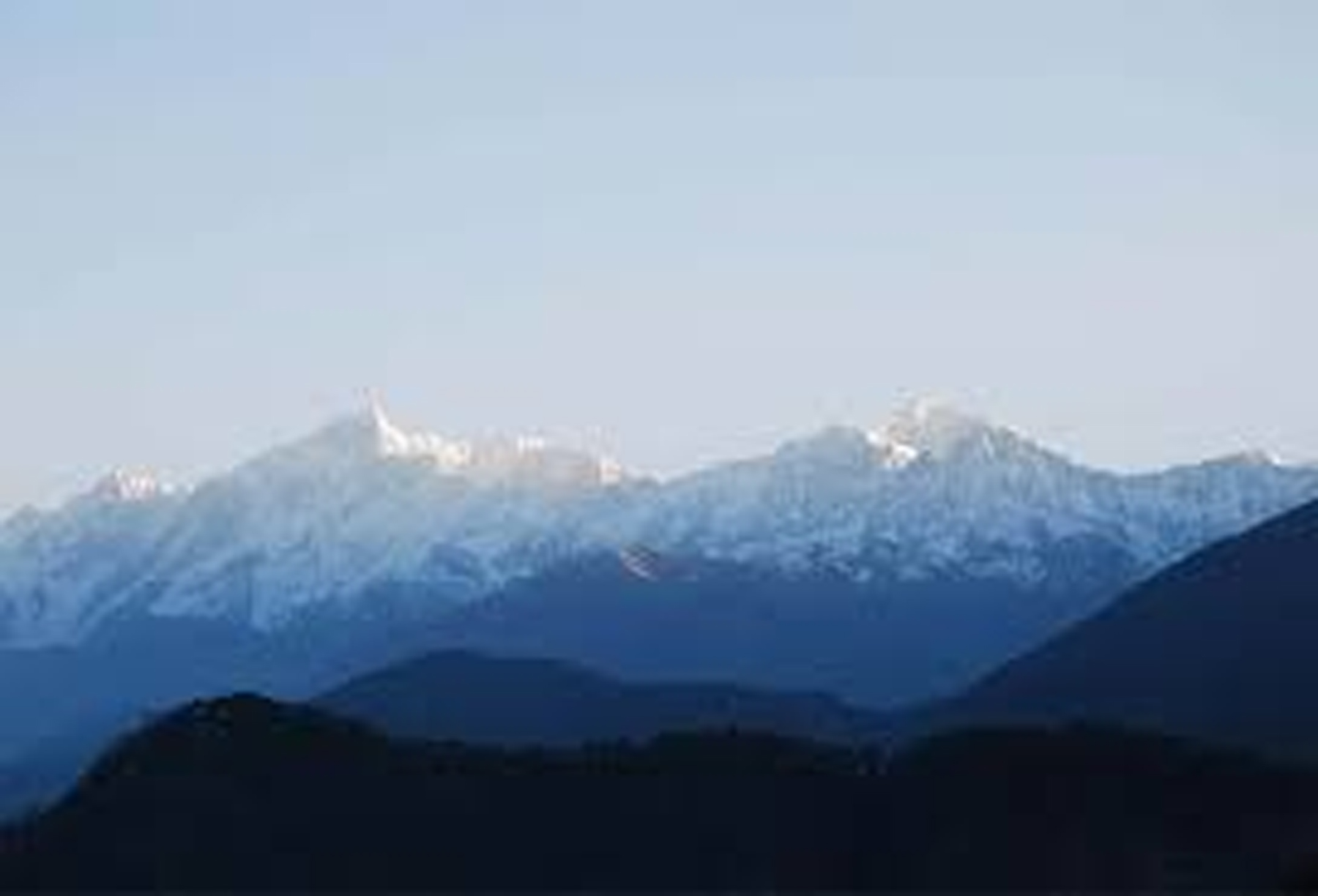‘Excessive cutting of hills, trees may cause disasters in coming yrs’
Says need to learn lesson from Uttarakhand glacial outburst
Mohinder Verma
JAMMU, Mar 17: Stating that there is a need to learn lesson from recent glacial outburst at Chamoli in Uttarakhand, Department Related Parliamentary Standing Committee on Home Affairs has recommended immediate conduct of glaciological studies in the Union Territory of Jammu and Kashmir and Union Territory of Ladakh for better planning.
Moreover, the Parliamentary Panel has held excessive cutting of trees and use of dynamites for infrastructural projects responsible for weakening of hills and mountains and warned that this uncontrolled exercise may cause disasters in the coming years.
The Department Related Parliamentary Standing Committee comprising 10 Members of Rajya Sabha and 21 Members of Lok Sabha, which tabled its report in both Houses of the Parliament two days back, has observed that the Himalayan region of Ladakh and Jammu and Kashmir are young, fragile and sensitive mountains as such there is a need to establish and install state-of-the-art infrastructure along with modern equipments of proven efficacy and reach that would play very crucial role in monitoring the movement of glaciers in Himalayan region.
It has recommended that the Ministry of Home Affairs should emphatically put before the Ministry of Finance its specific requirements for the purpose and seek appropriate budgetary allocation.
In view of the recent severe glacial outburst at Chamoli in Uttarakhand, the Committee has strongly recommended that for ensuring safety of the people of Jammu and Kashmir and Ladakh and Himachal Pradesh, a network of meteorological and hydrological stations, monitoring stations and weather stations be set up at the earliest.
Moreover, the Committee has recommended that an urgent assessment needs to be made and organizations like Indian Institute of Remote Sensing, Dehradun may also be tasked to conduct glaciological studies and prepare glacial lake inventory for Himalayan region using remote sensing and Geographical Information System (GIS).
“The concerned UTs and States should be sensitized by the MHA to place adequate early warning mechanism in every district so that vulnerable communities can be alerted on the wake of any disaster in future”, the Parliamentary Panel has further recommended.
The Committee has noted that monitoring of Glacial Lake Outbursts Flows (GLOFs) requires a network of meteorological and hydrological stations, early warning system comprising remote Automatic Water Level Recorder (AWLR) or Monitoring Stations and Automatic Weather Stations (AWS) with the ability to communicate and transmit data from remote stations to the control room etc for operation and monitoring in real-time data on air temperature, precipitation and river discharge through telemetry (V-SAT).
The Parliamentary Panel has observed that excessive cutting of trees and use of dynamites on hills/mountains of the Himalayan region for roads, tunnels, dams and other developmental/infrastructural projects is significantly weakening the surrounding hills and may cause avalanche, landslides, flash floods and other catastrophes in future.
“The Committee understands that the Himalayas are fragile mountains and geologically and environmentally sensitive. Therefore, the developmental projects taking place in the region should be considered from the environmental and ecological point of view”, the report said.
Accordingly, the Committee has recommended that Ministry of Home Affairs may coordinate with the concerned agencies including National Disaster Management Authority and Ministry of Road, Transport & Highways to immediately ban the use of dynamites for developmental projects in the Himalayan region and make judicious use of technology particularly in high altitude Himalayan region to minimize the damage to ecology and environment.
The Committee has further recommended exploring technological solutions including use of cutting-edge technology and best practices followed by the other countries for cutting of hills/mountains for various developmental projects in J&K and Ladakh Union Territories.
All these recommendations have been made by the Parliamentary Panel despite the Ministry of Home Affairs submitted that Government of India has a good system of monitoring avalanche movement etc and various agencies are working in avalanche forecasting, artificial triggering and structural controls in snow-bound mountainous areas.


